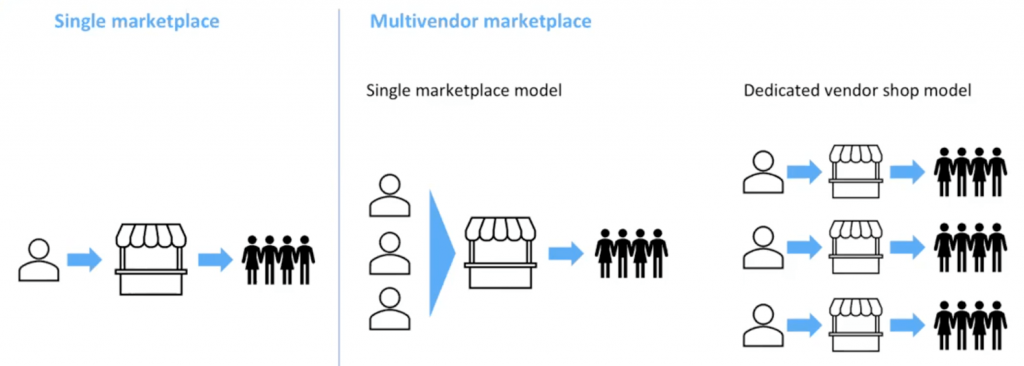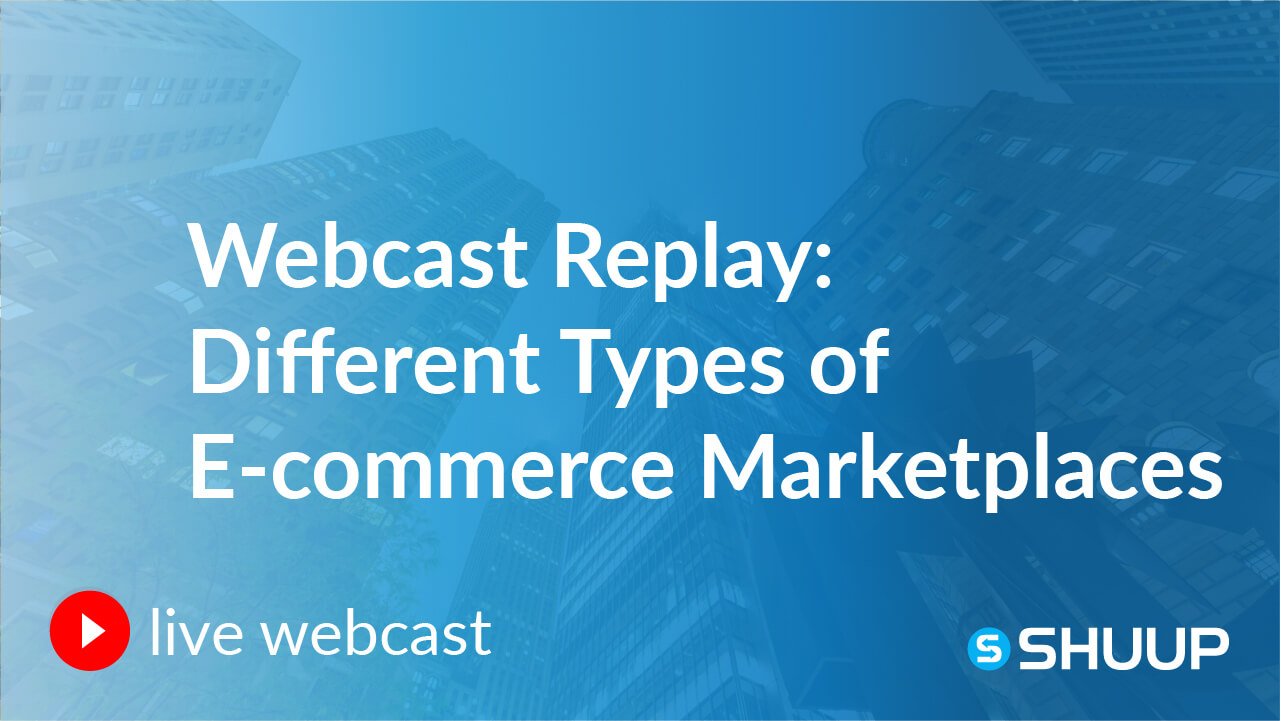What are the differences between single and multi vendor marketplaces? How to handle taxation and security issues on either marketplace and can a single vendor marketplace become a multi vendor one?
We discussed these and many other questions in our last night’s Shuup webcast episode “Single and Multivendor E-commerce Marketplace: Pros and cons of Each”
From technology standpoint, there are three major points where the most differences lay:
- Checkout process
- Shipping methods
- Order management
It goes without saying that running a multi vendor marketplace is more complex than running a single vendor one. For example when a customer places an order on a single vendor marketplace, they simply add products to their cart and pay. Naturally, they would expect the same when they buy from a multivendor marketplace. Shuup offers a multivendor checkout that provides a similar experience where customers can shop from as many vendors as they’d like, but when checkout comes the customer can choose various shipping methods offered by each vendor.
If you run a single vendor marketplace, you probably already have your own order and stock management system however when it comes to a multivendor marketplace, vendors expect you to provide them viable solutions for stock and order management, otherwise they simply won’t come to your platform. Shuup offers order management solutions that also can be customized to your marketplace.

Another important thing both single- and multivendor e-commerce platform owners must deal with is taxation. This issue is unique to every marketplace. At Shuup you can discuss it with our experts and they offer you solutions that are best for you. However, when you run a single vendor marketplace, you might be left alone with this problem.
As you can see, there are unique pain points for each marketplace, and it’s important to deal with them.
If you run your own marketplace and sell exclusively your own products or provide services there, why would you bother with multivendor marketplaces? Wes Garlock comes up with an example.
Imagine, you are selling flowers online. You have your own marketplace setup. However your buyers might also want to buy flower pots and fertilizers, but you do not stock them. They would have to go to another retailer and buy them there. What if another retailer also sells flowers? Wouldn’t they rather buy everything in one place? Can you compete then?
A solution to this problem would be to invite a vendor that sells flower pots and a vendor who sells fertilizers to your marketplace and cooperate with them. This way, your customers are more likely to buy everything they need for full gardening experience in one place and are less likely to go explore other online stores.
It works both ways. If you are a vendor selling flowers and you join a multi vendor marketplace, the customers that are willing to buy your roses and orchids are more likely to buy them from you, because they can also buy all the necessary materials off the same marketplace. This way you still get to keep your customers.




